Readers flocked to PM Engineer this year for the latest information on new products and technologies, industry news and market trends. Here’s a countdown of the top 10 articles you read the most in 2023 based on the number of unique pageviews on www.pmengineer.com.
10. Hydronic pressurization unit helps maintain Chicago-area assisted living facility
The very first installation of the Mikrofill 3 hydronic pressurization unit in North America took place recently in a mechanical room of an assisted- and independent-living community in Southwest-suburban Chicago. You might say the flower of this innovation grew from the soil of an old industry friendship.

9. Bottle fillers promote health, hygiene and clean water access
It’s rare today to see a drinking fountain without a bottle filling station. As demand for environmentally friendly and sustainable products increases, and concerns over water quality grow, these products are becoming increasingly popular in both indoor and outdoor applications.
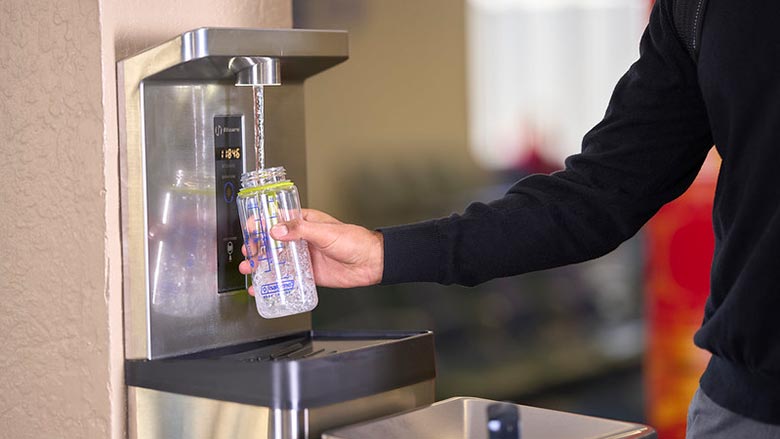
8. Seafood restaurant’s grease clogs local sewer system
At a busy, large seafood restaurant — one that specializes in southern-fried dishes — kitchen grease was moving faster than customers’ forks. But the restaurant’s concrete interceptor couldn’t handle the flow, causing lotchen grease to be discharged directly into the sanitary sewer system. The discharge created a blockage at a nearby municipal pumping station used to pump effluent to the local sewage treatment plant. The blockage clogged the station’s pumps, reducing its ability to transfer wastewater.
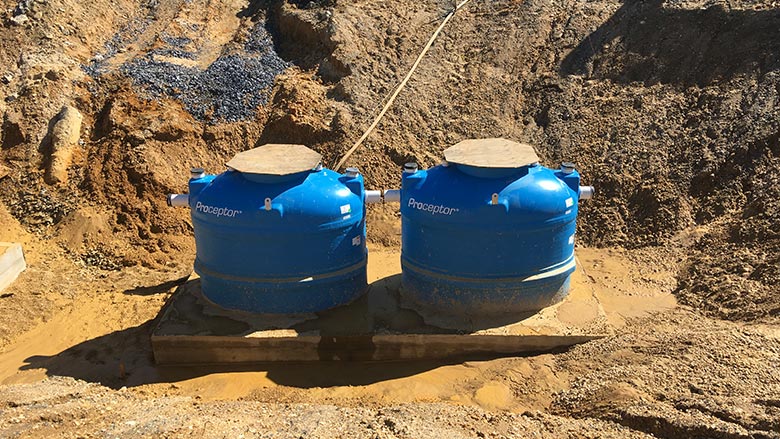
7. Performance metrics for modern hydronic heating and cooling sources
Those who evaluate the performance of HVAC source equipment such as boilers, furnaces and heat pumps have to work with a wide variety of acronyms. Some of them were spawned by government bureaucrats, mostly the U.S. Department of Energy (DOE). Others were created through a consensus process based on input from manufacturers and other industry stakeholders.
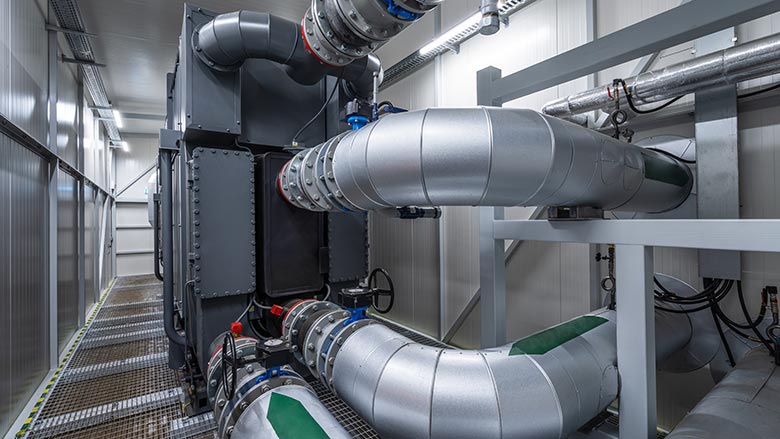
6. Legionella — we don’t all need to be experts, but awareness is key
For over 10 years, Inland Sales Group has been trying to raise awareness of Legionella. Most people in the United States know nothing about it — where does it come from, how does it get into our bodies and what does the plumbing world have anything to do with it? Most of us in “the know” are aware of the place and time the Legionella story started: Philadelphia 1976. In January of 1977, the CDC put a name to it — Legionnaires' disease. I am still convinced if the CDC had selected any medical type of name, we would not be talking about this now. Most people, when they hear Legionnaires' disease, they think about the elderly and the sick. Yes, those are people that are most commonly affected, but it certainly is not limited to as we have seen in the past few years.

5. Why we use 180 degrees for hot-water systems
Most hydronic systems have the boiler running up to 180° F with water returning from the system at 160°. This rarely happens in real life, but it’s the traditional way we do things. Have you ever wondered why that is? I sure did, so I did some digging in the old magazines. There was once a wonderful magazine called, The Metal Worker. It came out weekly and carried all the trade news of the day, both good and bad. I have access to every issue of that magazine for 1899, which was an important year in heating history, and a very wacky one as well. Many of the oddball devices that I’ve seen in basements over the years — the things that made me scratch my head in wonder — appeared as new products in that magazine during that fin de siècle year. Reading through those 52 issues is like getting into a time machine. And there’s a certain peace to that. There is no uncertainty when spending time in the past. We know exactly what’s coming next.
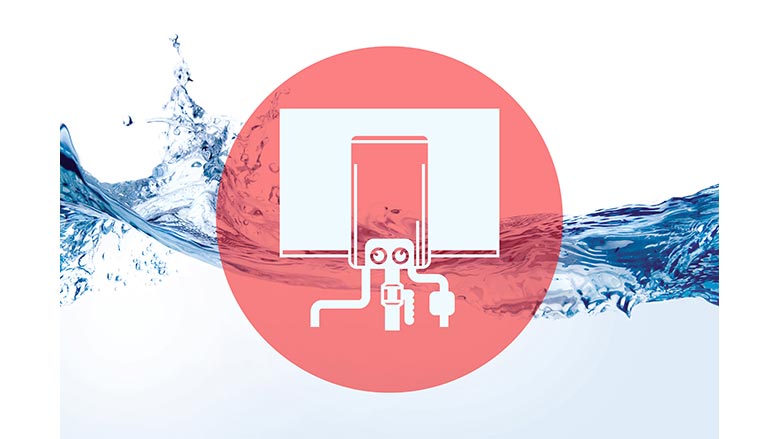
4. Decarbonization goals drive heat pump technology adoption
Heat pump technology is becoming increasingly recognized as the way forward to achieve decarbonization goals. According to a 2022 report by the International Energy Agency, while 190 million heat pump units were in operation in buildings worldwide in 2021, heat pumps still only meet about 10% of the global heating need in buildings — below the deployment level required to get on track with Net Zero emissions by 2050. Which leaves lots of opportunity for growth in this market.
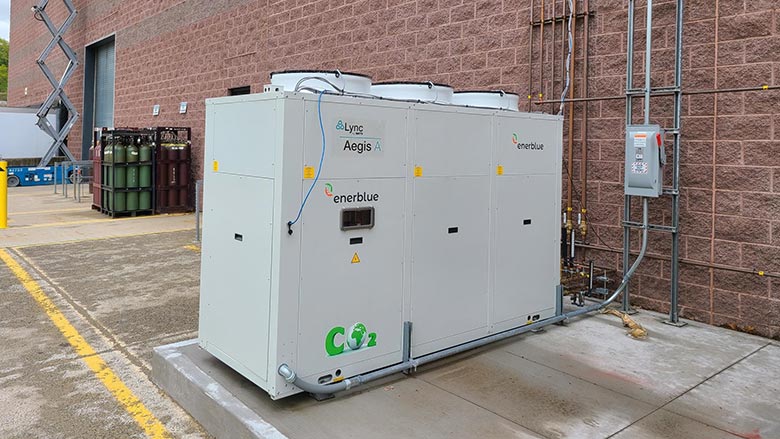
3. PM Engineer’s 2023 Rep of the Year: Marsh & Moore
The past few years, the plumbing industry has seen unprecedented challenges stemming from the COVID-19 pandemic. Product shortages and supply chain issues forced engineers and contractors to adapt by finding alternative, readily available products for projects and job sites. Manufacturers rep Marsh & Moore sailed through these challenges by adhering to two simple guidelines — always stay in communication and always deliver what you promise. Marsh & Moore’s dedication to building strong, trustworthy relationships, unmatched product knowledge and commitment to training the industry has nabbed the St. Augustine-based firm honors as PM Engineer’s 2023 Manufacturers' Rep of the Year.
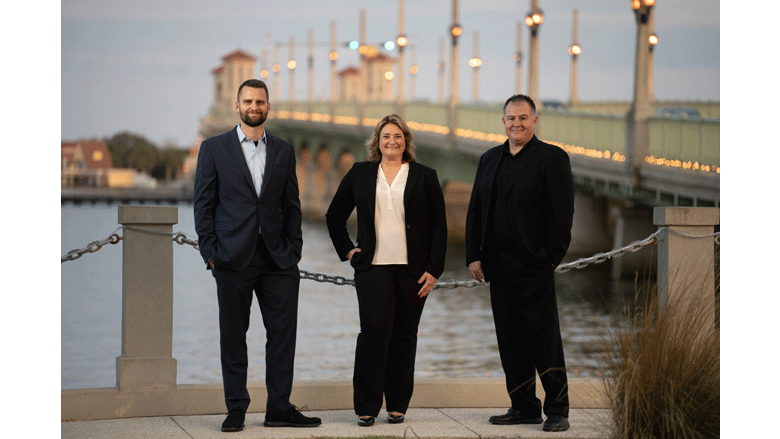
2. The Emergency with Emergency Roof Drains
No matter the square footage or gpm of a roof drain design, a 2-inch water dam is provided standard. Scuppers are really the only time any consideration is taken with the height of ponding before cascading off the side of the building.

1. 2023 Next Gen All Stars: Top 20 Under 40 Plumbing Professionals




